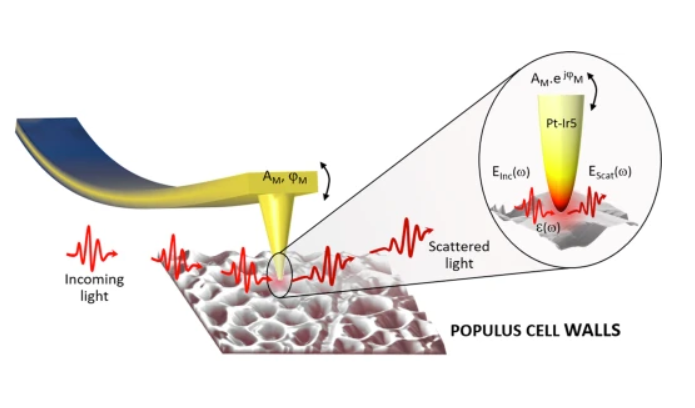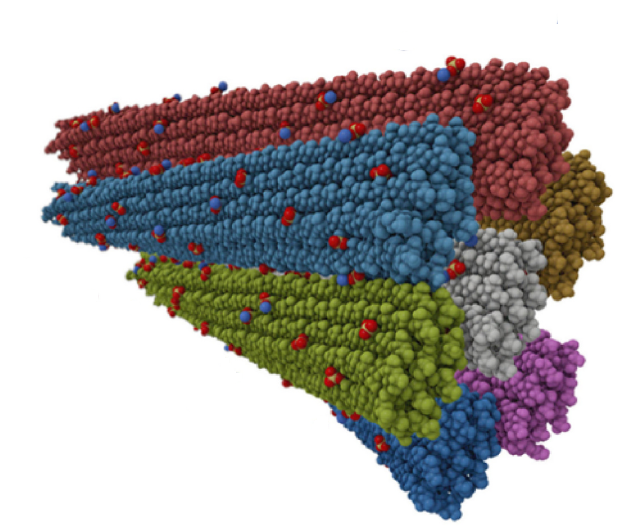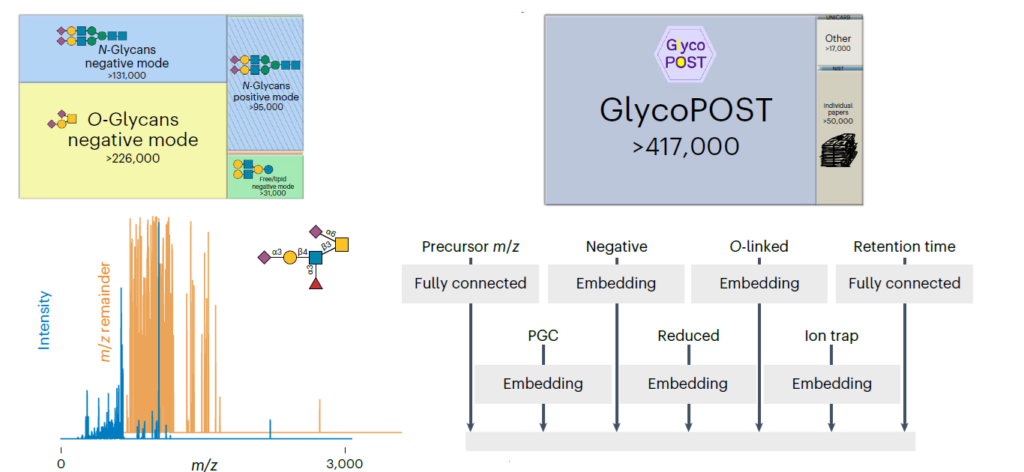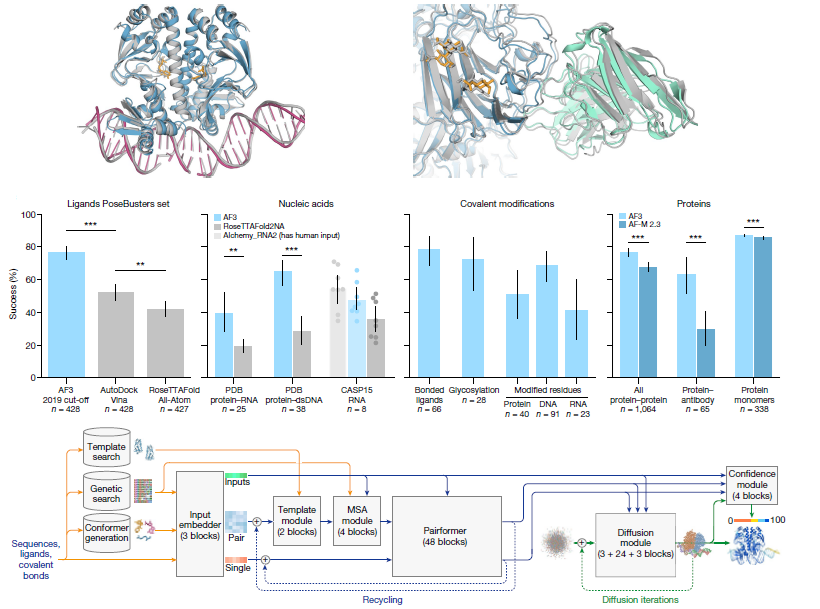Plant cells are elaborate three-dimensional polymer nano-constructs with complex chemistry. The bulk response of plants to light in the far-field is ultimately encoded by optical scattering from the nano-constructs that constitute the three-dimensional structure of plant cells. These nano-constructs’ chemical and physical properties may be acquired through their interaction with a modulated nano-tip using scattering scanning near-field optical microscopy. Using this technique, the authors present 20 nm spatial resolution mechanical, spectral and optical mappings of plant cell walls.
They first address the problem of plant polymers tracking through pretreatment and processing. Specifically, cellulose and lignin footprints are traced within a set of delignified specimens, establishing the factors hindering complete lignin removal. Furthermore, they determine the frequency-dependent dielectric function ϵ(ω)=(n+ik)2ϵ(ω)=(n+ik)2 of plant material in the range 28 ≤ ω ≤ 58 THz, and show how the environmental chemical variation is imprinted in the nanoscale variability of n and k. This nanometrology is a promise for further progress in the development of plant-based (meta-)materials.




